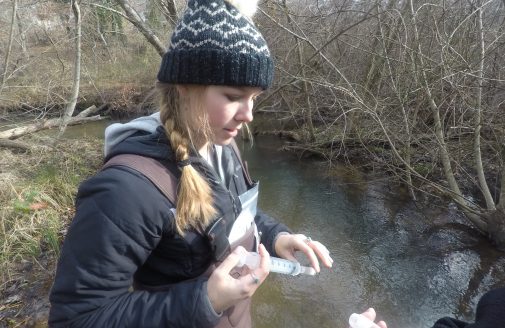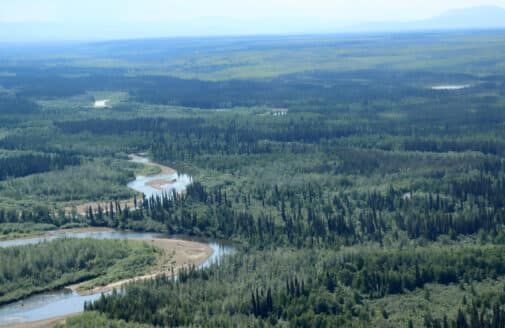Grant sustains landmark Plum Island estuary study in new phase
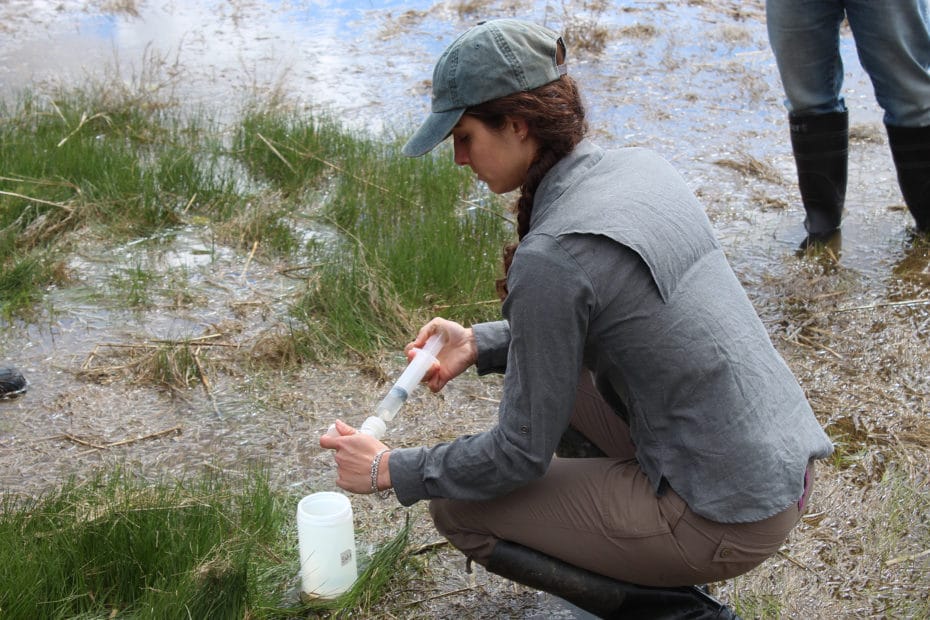
Woodwell Research Assistant Hillary Sullivan takes a water sample.
Woodwell Climate research Center (formerly Woods Hole Research Center) and partners are launching the next phase of a long-term collaborative study in the salt marsh ecosystems in the Plum Island Estuary, to learn how long it takes for salt marshes to recover from long-term nutrient pollution. The first-of-its-kind study will examine what happens when the flow of nutrients stops, and what we can do to help speed recovery. The study is part of The TIDE Project, a collaboration launched in 2002, and is supported by a $1.6 million grant from the National Science Foundation.
Nutrient runoff pollution from agriculture, septic tanks and sewage systems, lawns, and the burning of fossil fuels has increased dramatically worldwide over the last century, damaging coastal ecosystems. Previous Woodwell Climate research, led by Senior Scientist Linda Deegan, has shown excessive nutrient pollution causes changes in marsh microbes, algae and plant life that causes marsh edges to collapse, compromising the salt marsh’s ability to keep up with rising ocean water. Researchers have also seen declining populations of a small fish called the mummichog, which travels into the marsh to feed and reproduce, and then themselves become an important food source for larger fish and seabirds.
“For about a century, we’ve been polluting marshes with excess nutrients. As federal, state and local governments now work to cut that pollution, our study will examine if ecosystems reach a point of no return, or if they can make a comeback,” Deegan said. “This work will be important in learning how to restore marshes, and what factors allow them to survive climate change-driven rising seas.”
This new research comes at a critical time, with over $200 million proposed in the next five years to restore salt marshes along the Mid-Atlantic coast in the wake of massive losses from superstorm Sandy in 2012. Marshes can serve as storm buffers for coastal communities, acting as speed bumps to slow storm surges. Marshes can also absorb and store carbon pollution, but right now scientists don’t have a strong understanding of how nitrogen pollution has harmed their carbon storage capability.
Previous studies looked at already-degraded marshes, or covered the surface of a marsh with fertilizer. But researchers in Plum Island felt strongly that it was important to go a step further, to understand how a healthy marsh reacts to a massive dose of nutrient pollution.
Started in 2003, the TIDE Project introduced large quantities of fertilizer to one area of the marsh in order to understand the effects of and natural recovery from large-scale nutrient pollution. The researchers have now stopped adding the artificial pollution, and are monitoring the marshes’ progress toward recovery.
“This was the first large scale nutrient enrichment experiment of its kind, and the first large scale recovery of its kind,” said Hillary Sullivan, a biogeochemist who did her master’s thesis on the TIDE Project and is now a research assistant at Woodwell Climate. “Nutrient pollution shows how human activity creates a footprint on this really important ecosystem, and what we want to learn is how can we mitigate these actions that are destroying something we rely on.”
The new phase of the project will begin this month, just before the saltmarsh grasses emerge, allowing scientists to study the full growing season response of soil, microbes, plants, and animals.
Latest in Water
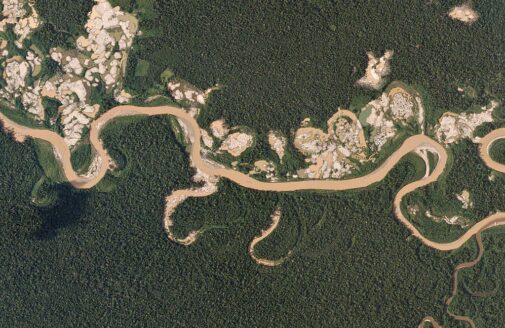
- In The News
Gold mining causes long-lasting damage in the Amazon rainforest
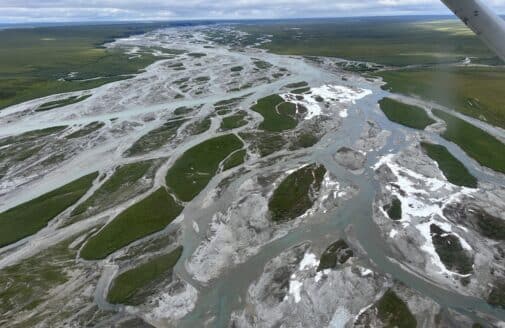
- In The News




